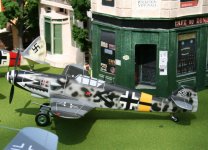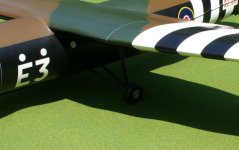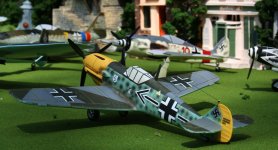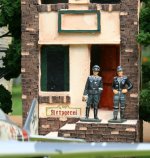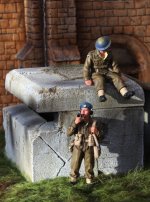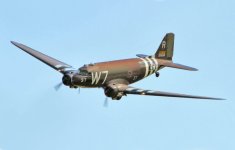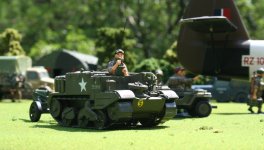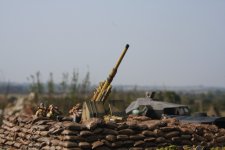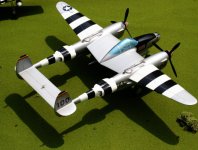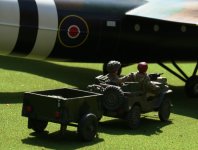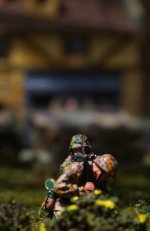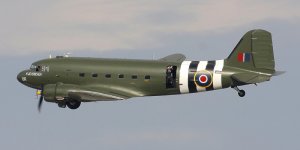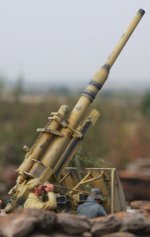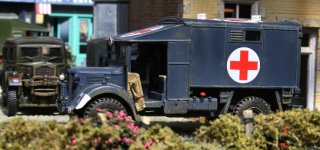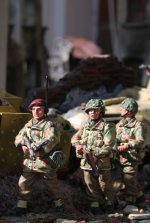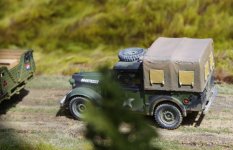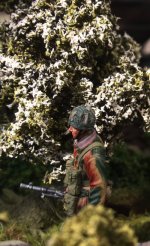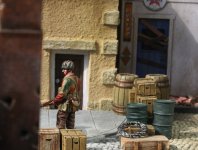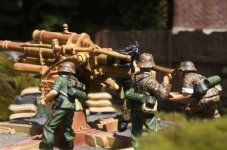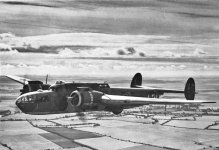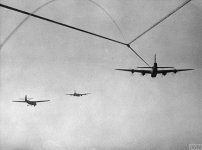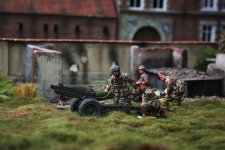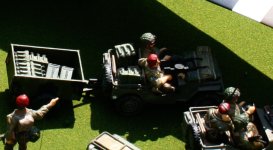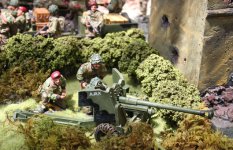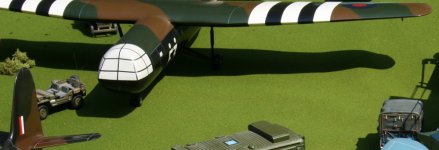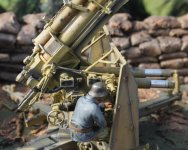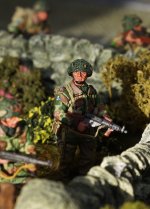Good job Louis, as I resized a lot more ....
Ref:
Arnhem - 1944: The Airborne Battle by M. Middlebrook
The second-lift units and aircraft were all ready by the Sunday evening, but during the night mist was forecast for many of the English airfield areas. Lieutenant-General Brereton's staff decided that the take-offs would have to be delayed until this hazard cleared
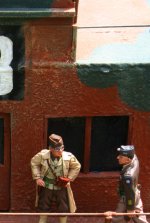
U unfortunately, communications were so poor that there was no way of informing the commanders at Arnhem of the delay.
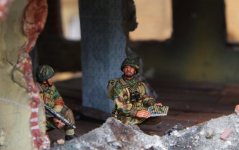
The second-lift aircraft had to wait four hours before the weather cleared. Take-offs eventually commenced at 11.20 a.m.
However, a further change of plan had been made during that waiting period. The original plan was to use the southern approach route, entailing a longer flight but making more use of Allied-held territory. Weather reports from Belgium now showed that this route was affected by thick raincloud, so it was decided that the northern route should again be used.
Navigators and map readers had to be rebriefed and new flight plans made.
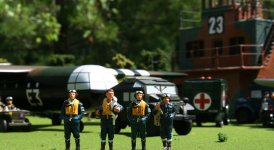
Two stand-by Dakota crews at Broadwell, brought in at the last moment to tow gliders which had aborted on the first lift, were not informed of the change. There were no serious accidents; one glider crashed when its tug's engines failed, but there were no casualties. There were showers and cloud in some places, but only seven Horsas and one Hamilcar from the Arnhem force came down early over England.
One of the Horsas, being towed by a 299 Squadron Stirling, landed safely at Martlesham Heath airfield. The Stirling pilot, Flight Lieutenant B. H. Berridge, also landed there, had the glider reattached to the tow line and took off again; but the Stirling was later damaged by flak over Holland and had to cast off its glider there.
The only mishap to any of the American parachute aircraft was when a 314th Troop Carrier Group aircraft nearly crashed after a badly fitted parachute on one of the supply containers under a wing opened prematurely. The container was jettisoned, but the parachute then wrapped itself around the tail wheel, with the container hanging below. The pilot (name unknown) landed carefully at an airfield in East Anglia, all aboard hoping that the contents of the container were not sensitive explosives. In the event, all was well; the parachute and container were cut away, and the C-47 took off again. It was not able to catch up with its own formation and so flew to Holland among the tugs and gliders.
The weather improved over the North Sea. Morale among the airborne troops was high. Many were reading newspapers containing reports of the previous day's successful landings.

Flight Officer George Hoffman was an American co-pilot.
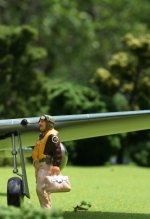
Hoffman later went to talk to the troops in the back of his C-47, probably 10th Battalion men:
'The troopers were joyously talking about the success of the mission and that it would mean the end of the war by Christmas.'
Two gliders had to ditch in the sea. One was a large Hamilcar carrying a 17-pounder anti-tank gun and its towing vehicle. The Hamilcar broke up on hitting the water, and Lieutenant Robert McLaren, the artillery officer, was drowned when the gun broke loose and trapped him. He was the only casualty of the ditchings.
